Books choices for today:
What is a Living Thing? Bobbie Kalman
Air Vic Parker
Living Things need Water Bobbie Kalman
Food (What Living Things Need) Vic Parker
Living Things Robin Kerrod
Air is All Around You Franklin Branley
Geography: (first circle)
Need for lesson – A toy airplane, Sand Paper Globe (Montessori Geography Material), 2 small pans or bowls with dirt and water; Land, Air, and Water cards and three clear containers filled with water, dirt, and one left empty to represent the air for the children to organize the cards under the appropriate place they would be found.

TIP: Cards can be also made by just getting a child’s dictionary from bookstore or 2nd hand stores also carry them often. Cut out pictures, glue them onto onto small cards or cut index cards in half. Be sure to use the same color cards so as to keep it consistent and the focus is only on the picture. I bought my little plastic boxes craft store for about $.80 cents. You could also just use small baby food jars or other small clear jars to fill with dirt, blue water, and one just leave empty for the air. The containers you use should be all the same.
Geography 1
Show children the toy plane and ask them what it is. Is it a real plane that we can fly? We can play with it right here in the classroom. Could we have a real airplane in our classroom? We call this a model of a real airplane. A model is a pretend, smaller size of something really big.
Show children the globe and explain to the children that this is a model of our really big earth. We can not see all of the earth because it is so big unless we flew around it. Some people have already done that and they took pictures of the whole earth. The globe is model of our earth. We get to look at our big earth right here in our classroom.
Take out sandpaper globe. This is a special globe, or model of our earth. It shows us the two important parts of the earth that we can feel in small pans, the land and water of the earth. When you feel it the rough part it helps us think of land and the smooth part helps us think of water.
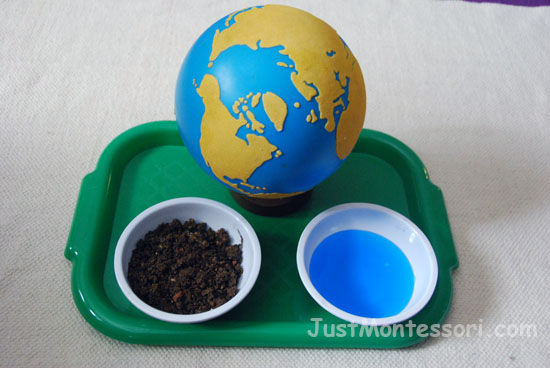
Geography 2
We can see and feel the land and water part of the earth. There is something else all over the earth that is very important. It is air. Air is all around the earth, everywhere. Ask children if we can sometimes feel air or see air.
Demonstrate air work. We are going to try an experiment. (On a tray have a small pitcher, small bowl, small plastic cup, be sure bowl is deep enough for cup to be able to tip upside down in), tissues, and sponge. Fill up the pitcher with water and pour it into the small bowl. Take a tissue and stuff it inside the plastic cup pushing it down towards the bottom, then tip the cup upside down into the bowl and after taking it back out the tissue remains dry. Talk about why and how it is because of the air.
Let them experiment trying it without a tissue to see air bubbles!
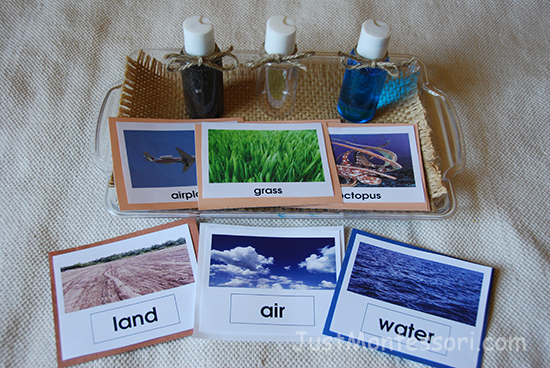
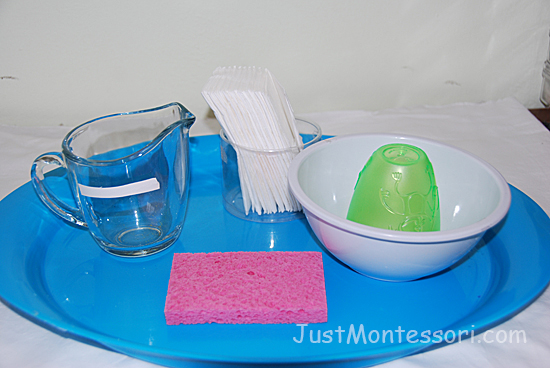

Science: (second circle)
I usually do all academic type demonstrations in the morning during first circle. I will also use the second circle of the day for a brief lesson or review with songs and activities such as instruments, movement, stories, Spanish etc. Songs and activities are those that enhance group lessons.
Need for lesson – Living/Non-Living cards and Plant/Animal cards, Living/Non-Living worksheet, and Plant/Animal worksheet.
Science 1
Boys and girls today we are going to talk about the things in our world. Everything is either living or it is non-living. How do we know which one something is?
Well, if it is a living thing, it needs food and it grows. If it is non-living it doesn’t need food and it does not grow.
Let’s look around our room, can you find something that is non-living? Now let’s take turns and find something that is living. (be sure to also point out that all of them are living, if a child doesn’t say it first)

Science 2
Let’s think about the things we learned that are living. What are some things that are living?
So from the things you mentioned that are living, we can say that they are either a plant, animal, or a person.
How do we know whether it is a plant or animal? (continue discussion about plants and animals with the children to get their thoughts and ideas)

Art:
Have pre-cut pictures from magazines in a basket of a variety of living and non-living pictures and construction paper with a line down the middle with one side labeled ‘living’ and ‘non-living’ on the other. Children can choose pictures to glue under appropriate category.
Plant/animal worksheet on a tray with scissors, markers or pencils and glue stick.
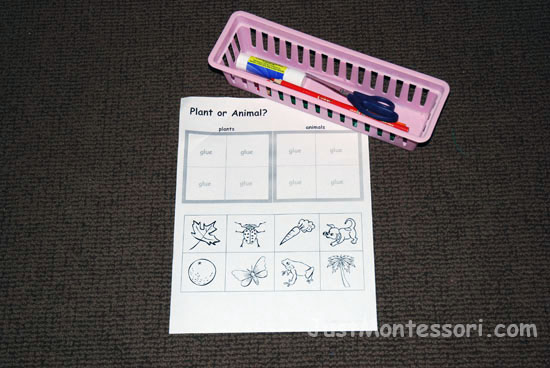

Song (CD) choices for today:
Air Air Everywhere Our Earth Cd (McMillan)
Land and Water Learning Through Music with Hestia
Buy Weeks 1-5 PDF
-
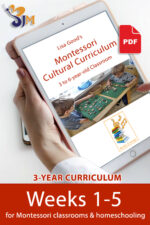 (B) Weeks 1-5$25.00
(B) Weeks 1-5$25.00


